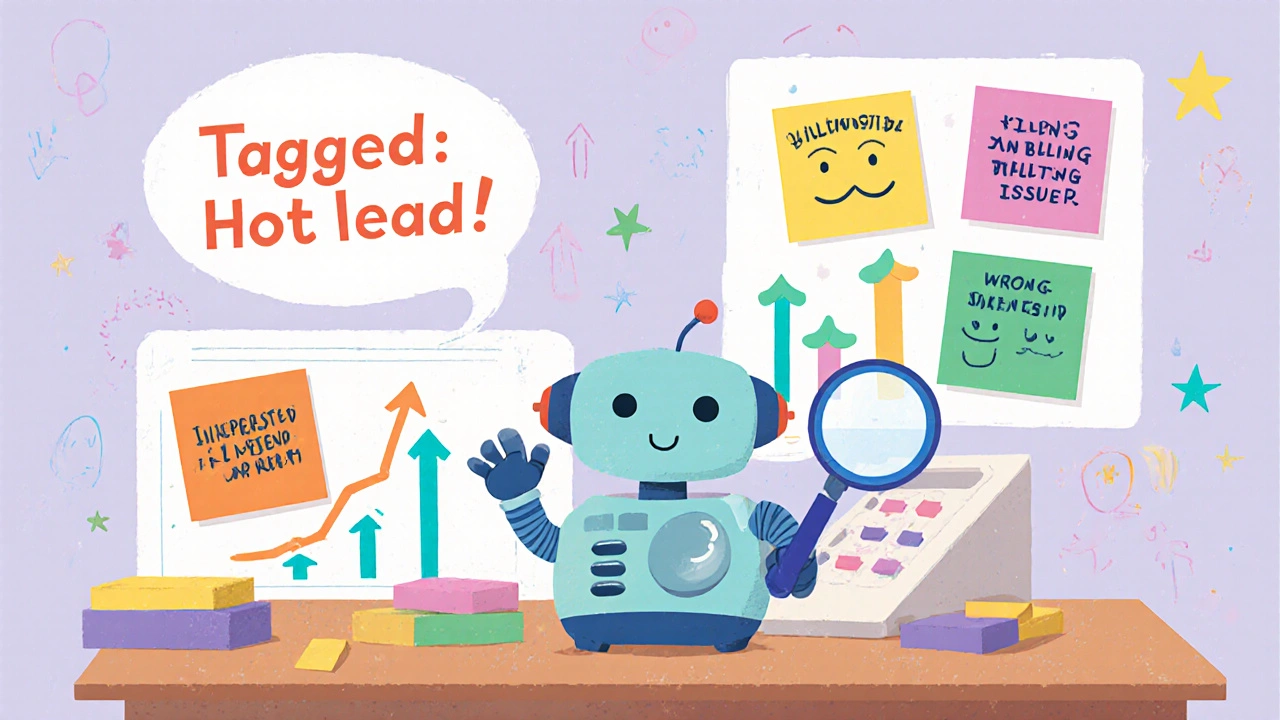Call Tagging: Organize, Track, and Improve Your VoIP Calls
When you make a VoIP call, call tagging, the practice of labeling calls with metadata to track purpose, source, or outcome. Also known as call categorization, it lets you sort hundreds of daily calls by type—sales, support, internal, or emergency—without listening to each one. It’s not just for big call centers. Even small teams use it to find missed follow-ups, prove compliance, or spot training gaps.
Call tagging works with call recording, the legal capture and storage of voice conversations for quality control or regulatory needs and call routing, the automated system that sends calls to the right person or department. You tag a call as "refund request" and it gets linked to your CRM. Tag it "sales lead" and your team gets a follow-up alert. Tag it "complaint" and it triggers a manager review. These aren’t guesses—they’re actions tied to real data from tools like Zoom, RingCentral, or 3CX.
Why does this matter? Because untagged calls are invisible. You can’t measure how long support tickets take if you don’t know which calls are support calls. You can’t prove you’re following GDPR or HIPAA if you can’t pull up tagged recordings. And you can’t cut costs if you don’t see which calls are wasting time. The posts below show how businesses use tagging to fix audio issues, reduce fraud, automate responses, and even track donations in churches—all by turning noise into data.
Here, you’ll find real guides on how to set up tagging for compliance, how it connects to SIP security and RBAC, how it helps with call volume forecasting, and why it’s the quiet hero behind every efficient VoIP system. No theory. No fluff. Just what works today.
